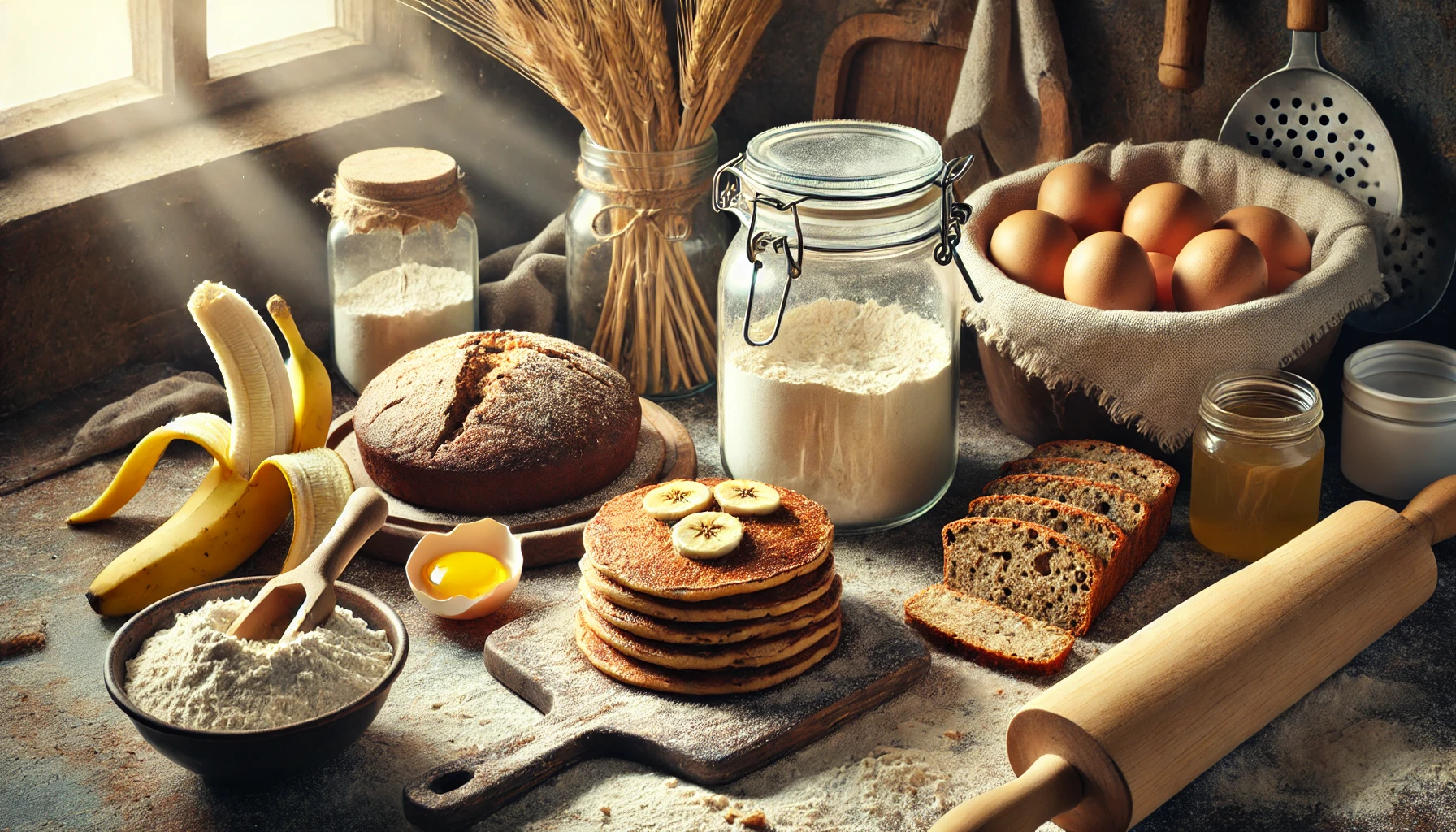Introduction to Sourdough Discard recipes
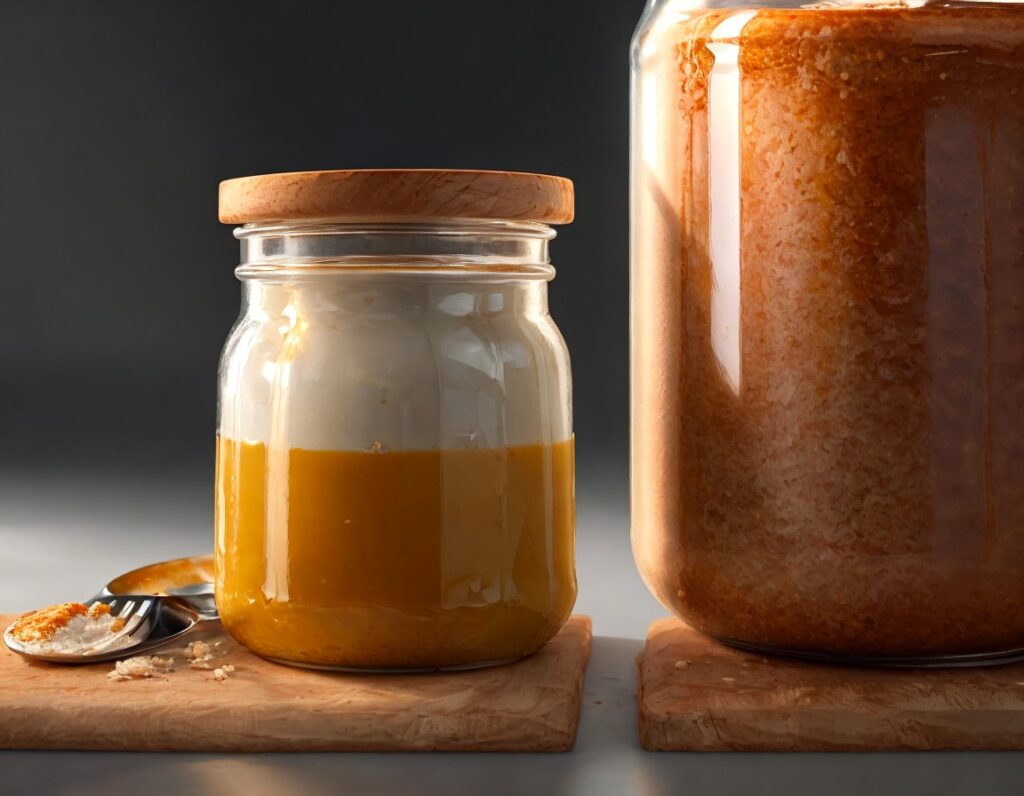
What is Sourdough Discard?
Benefits of Using Sourdough Discard in Recipes
Using sourdough discard is not only practical but also comes with several benefits. First and foremost, it helps reduce waste. Instead of throwing away a perfectly good ingredient, you can incorporate it into a wide range of dishes, from baked goods to savory snacks.
Moreover, sourdough discard adds a unique flavor to recipes. It brings a subtle tanginess that enhances the overall taste of your dish, making it more complex and interesting. Additionally, because sourdough is fermented, it may offer some nutritional benefits, such as improved digestion and a lower glycemic index in the final product.
Incorporating sourdough discard recipes into your routine is a win-win situation. You’re making the most of your ingredients, reducing waste, and adding a delicious twist to your meals. Whether you’re an experienced baker or just starting, using sourdough discard is a great way to experiment in the kitchen and enjoy the fruits of your labor.
How to Store and Use Sourdough Discard
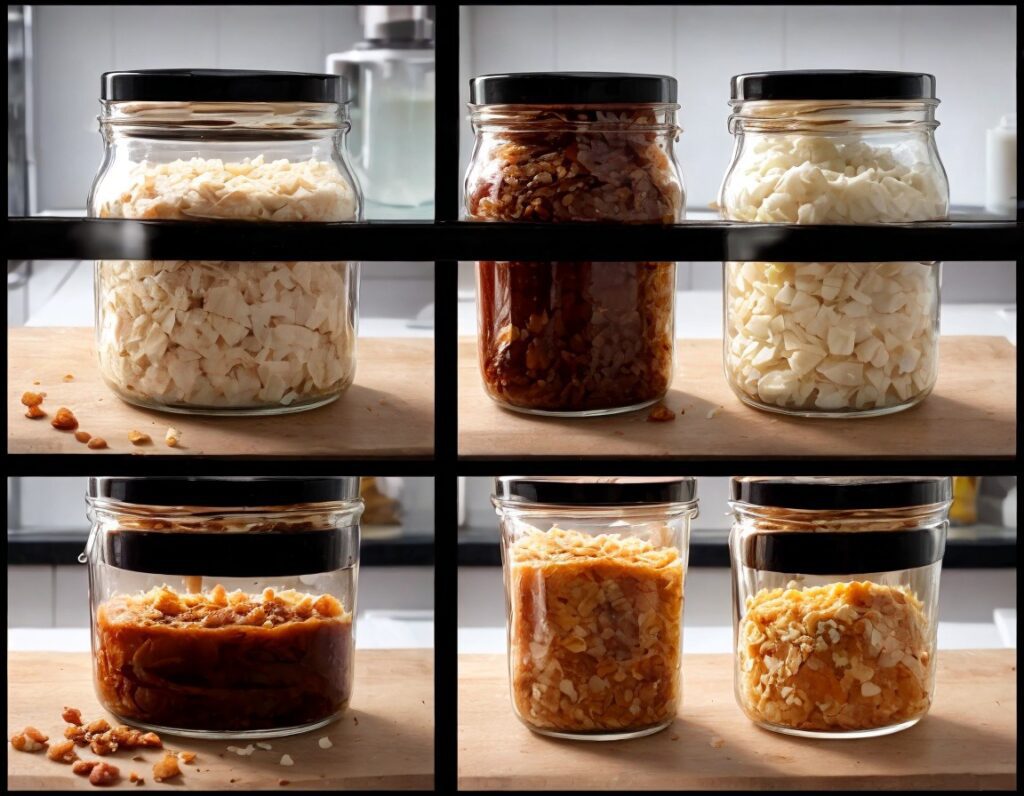
Proper Storage Techniques for Sourdough Discard
Storing sourdough discard correctly ensures that you can use it whenever inspiration strikes. The key to keeping sourdough discard fresh lies in choosing the right storage method. For short-term storage, place your sourdough discard in a sealed container and refrigerate it. The cool environment slows down the fermentation process, keeping the discard usable for up to a week. This method works perfectly when you plan to use the sourdough discard within a few days.
For long-term storage, the freezer offers the best solution. Pour your sourdough discard into a freezer-safe container, leaving some space at the top for expansion. You can freeze sourdough discard for several months without losing its quality. When you’re ready to use it, simply thaw the discard in the refrigerator overnight. This way, you’ll always have sourdough discard on hand, ready to be transformed into delicious recipes.
Creative Ways to Use Sourdough Discard
Sourdough discard is incredibly versatile, making it a valuable ingredient in various recipes. One of the simplest ways to use sourdough discard is in pancakes. The tangy flavor of the sourdough discard adds a unique twist to traditional pancake recipes, resulting in a breakfast that’s both fluffy and flavorful. Additionally, sourdough discard pancakes are quick to make, making them a perfect solution for busy mornings.
Another fantastic use for sourdough discard is in crackers. Mixing sourdough discard with flour, olive oil, and your favorite herbs creates a dough that bakes into crispy, flavorful crackers. These crackers make a great snack on their own or pair beautifully with cheese and dips.
For those with a sweet tooth, sourdough discard can elevate your banana bread game. Incorporating sourdough discard into the batter adds a subtle tang that balances the sweetness of the bananas, resulting in a moist and flavorful loaf. This is just one example of how sourdough discard recipes can transform everyday dishes into something special.
And don’t stop there—sourdough discard can be used in a wide range of other dishes. Consider adding it to your pizza dough for a chewy, flavorful crust, or mix it into muffin batter for an extra depth of flavor. The possibilities are endless, and the more you experiment, the more you’ll discover new ways to enjoy sourdough discard.
Popular Sourdough Discard Recipes

Sourdough Discard Pancakes
One of the most popular sourdough discard recipes is pancakes. These pancakes are not just your average breakfast dish—they’re packed with the unique flavor of sourdough discard, making them a standout. To make them, simply combine your sourdough discard with flour, milk, eggs, and a touch of sugar. The sourdough discard gives the pancakes a light, airy texture and a subtle tang that pairs perfectly with maple syrup or fresh fruit.
Cooking these pancakes is a breeze. Heat a non-stick skillet over medium heat, pour in the batter, and cook until bubbles form on the surface. Flip the pancakes and cook until golden brown. Serve hot, and enjoy the delightful flavor that sourdough discard adds to this classic breakfast recipe.
Sourdough Discard Crackers
Another fantastic use for sourdough discard is in crackers. Sourdough discard crackers are easy to make and offer a satisfying crunch that’s perfect for snacking. To prepare these crackers, mix your sourdough discard with flour, olive oil, and a pinch of salt. Roll the dough thinly, cut it into shapes, and bake until crisp and golden.
These crackers are incredibly versatile. You can customize them by adding herbs, spices, or seeds to the dough, making each batch unique. Serve them with cheese, dips, or simply enjoy them on their own. The tangy flavor of the sourdough discard shines through, making these crackers a delicious and healthy snack option.
Sourdough Discard Banana Bread
Banana bread is a favorite in many households, and adding sourdough discard takes this classic recipe to the next level. Sourdough discard recipes like this one are a great way to use up ripe bananas and leftover discard in one go. The sourdough discard adds a slight tang to the sweetness of the bananas, creating a balanced and flavorful loaf.
To make sourdough discard banana bread, combine your discard with mashed bananas, flour, sugar, eggs, and a bit of vanilla. Mix until smooth, pour into a loaf pan, and bake until a toothpick inserted in the center comes out clean. The result is a moist, delicious banana bread with a subtle sourdough twist that makes it irresistible.
Other Delicious Recipes Using Sourdough Discard
Beyond pancakes, crackers, and banana bread, there are countless other ways to use sourdough discard. Muffins, for instance, benefit from the moisture and tang that sourdough discard brings to the batter. Pizza dough is another excellent option—using sourdough discard in the dough results in a crust that’s both chewy and full of flavor.
You can even incorporate sourdough discard into your waffle batter for a breakfast treat that’s crisp on the outside and tender on the inside. Or, use it in quick breads and biscuits for added depth and complexity. The more you experiment with sourdough discard recipes, the more you’ll discover its versatility in the kitchen.
Part 4: Advanced Techniques for Sourdough Discard Recipes
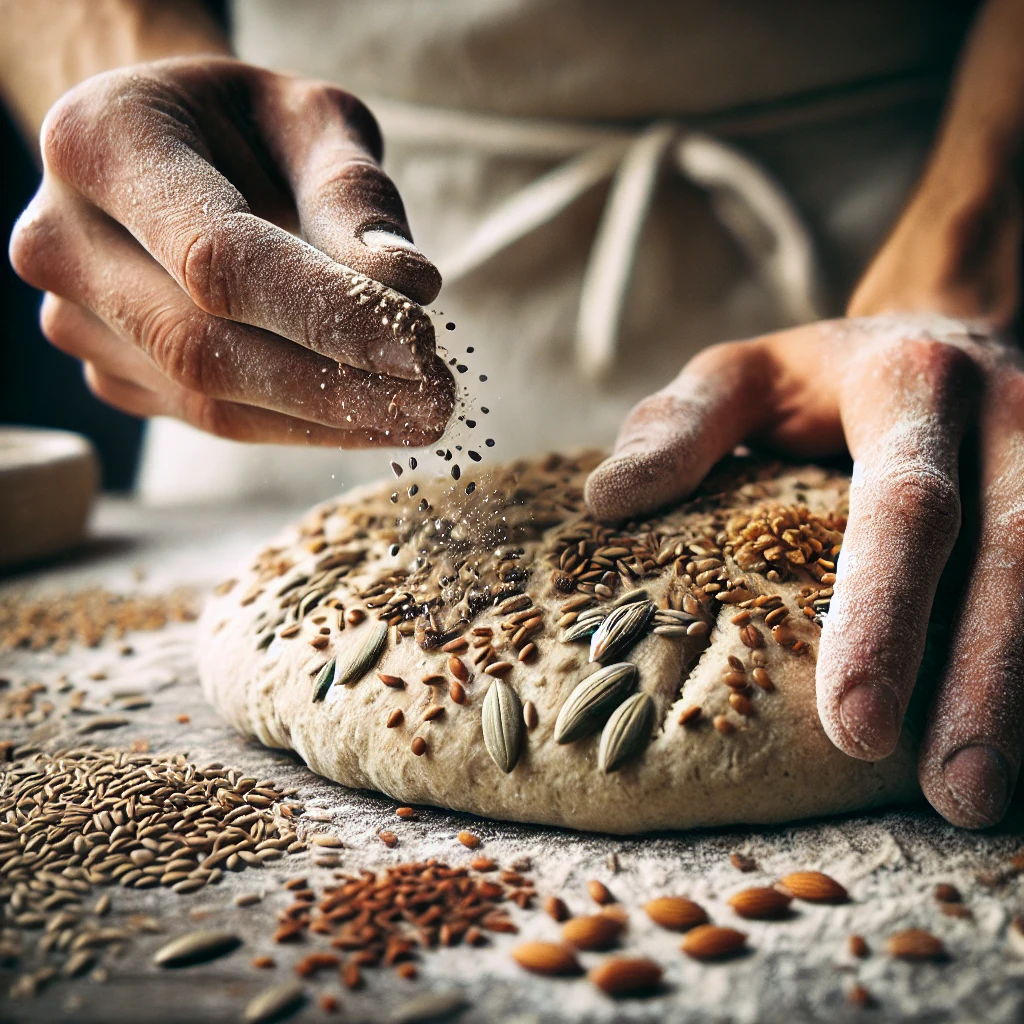
Fermentation and Flavor Development
When using sourdough discard recipes, understanding how fermentation affects flavor can take your cooking to the next level. Fermentation is the process where natural yeasts and bacteria in the sourdough discard break down sugars, producing carbon dioxide and alcohol. This not only leavens your dough but also contributes to the complex flavors we associate with sourdough.
The longer you allow your sourdough discard to ferment, the stronger the tangy, sour notes will become. If you prefer a milder flavor, use your discard soon after feeding your starter. For a more pronounced sour taste, let the discard sit in the refrigerator for a few days before using it in your recipes. This technique is particularly effective in recipes like sourdough discard pancakes and sourdough discard banana bread, where the sour notes can complement the sweetness of other ingredients.
Combining Sourdough Discard with Other Ingredients
To elevate your sourdough discard recipes even further, consider how you pair it with other ingredients. Sourdough discard has a tangy flavor that pairs well with a wide variety of spices, fruits, and nuts. For example, adding cinnamon, nutmeg, or cardamom to your sourdough discard banana bread can enhance its flavor, making each bite more aromatic and flavorful.
When making savory recipes like sourdough discard crackers, experiment with adding herbs like rosemary or thyme, or mix in seeds such as sesame or flax. These additions not only add flavor but also create interesting textures that make your crackers more enjoyable.
For those looking to push the boundaries, try incorporating sourdough discard into recipes where you might not expect it. Use it as a base for savory pancakes topped with smoked salmon, or mix it into a waffle batter with cheese and herbs for a unique twist on breakfast. The key to mastering sourdough discard recipes is to embrace creativity and experimentation.
Common Mistakes and How to Avoid Them in Sourdough Discard Recipes
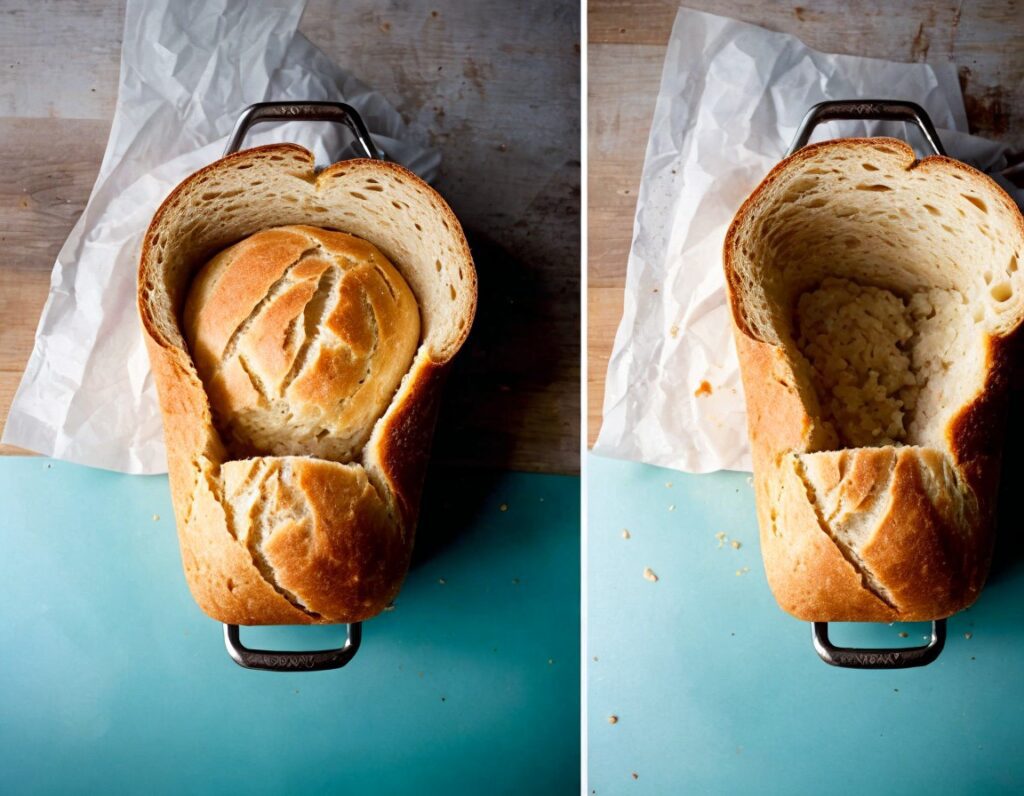
Avoiding Common Sourdough Discard Pitfalls
Even experienced bakers can make mistakes when working with sourdough discard recipes. One of the most common pitfalls is overmixing the batter or dough. When you overmix, you risk developing too much gluten, which can lead to tough, dense results. To avoid this, mix your ingredients until just combined, especially in recipes like sourdough discard pancakes or banana bread.
Another common issue is not managing moisture levels properly. Sourdough discard can vary in consistency, from thick to runny, depending on your starter. This inconsistency can affect the texture of your final product. If your discard is too runny, consider reducing the liquid in your recipe slightly. Conversely, if your discard is thicker, you might need to add a bit more liquid. Paying attention to the consistency of your discard and adjusting your recipe accordingly is crucial for success in sourdough discard recipes.
Troubleshooting Discard-Based Recipes
Sometimes, despite your best efforts, your sourdough discard recipes might not turn out as expected. If your baked goods come out dense or dry, the problem might be with your discard or the mixing process. Ensure that your discard is fresh and active; older discard can lose some of its leavening power, which may result in dense textures. Also, remember that a light hand is key—overmixing or overworking the dough can lead to less-than-ideal results.
In some cases, the climate or environment can affect your sourdough discard recipes. For instance, in a humid environment, doughs and batters may absorb more moisture, leading to a heavier texture. On the other hand, dry climates might cause your dough to dry out quickly, resulting in a tougher crust. Adjusting the hydration level of your dough or batter and keeping an eye on your baking time can help you adapt to these environmental factors.
If you find your recipes are consistently turning out too tangy or sour, consider reducing the fermentation time of your sourdough discard. This can help balance the flavors and create a more subtle tang, which may be preferable in certain recipes. Experimenting with different fermentation times will help you discover what works best for your taste preferences.
FAQs About Sourdough Discard Recipes
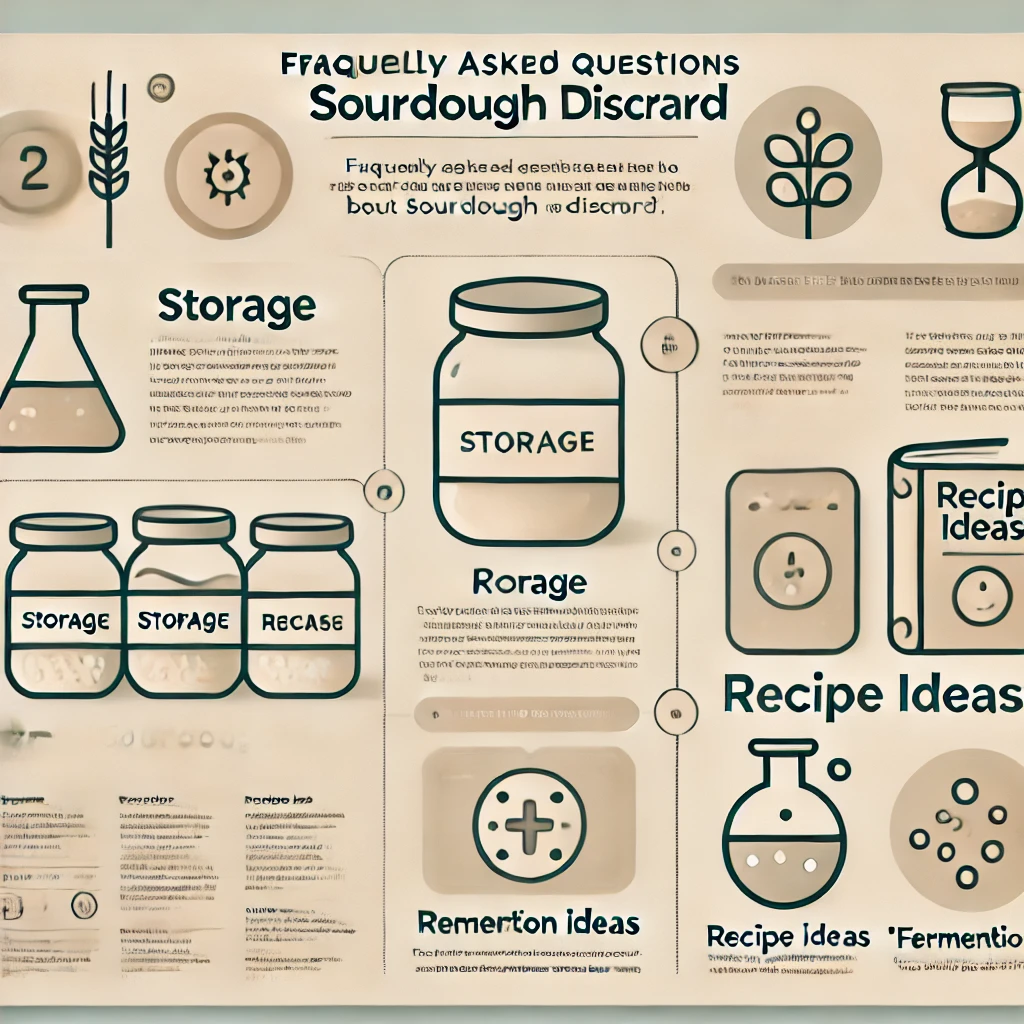
In this section, we’ll address some of the most frequently asked questions about sourdough discard recipes. These answers will help clarify any uncertainties and make your sourdough baking experience even more enjoyable.
What can I do with sourdough discard?
There are countless ways to use sourdough discard, making it one of the most versatile ingredients in your kitchen. From pancakes to crackers to banana bread, sourdough discard recipes allow you to incorporate this ingredient into a variety of dishes. You can also use it to enhance the flavor of pizza dough, muffins, and even waffles. The possibilities are endless, and experimenting with different recipes can help you find new favorites.
How long can sourdough discard last?
When stored properly, sourdough discard can last for quite some time. If kept in the refrigerator, it can remain usable for up to a week. For longer storage, you can freeze sourdough discard for several months. Always make sure to store it in an airtight container to maintain its quality. Using fresh discard in your sourdough discard recipes will yield the best results, but even older discard can add a unique tang to your dishes.
Is sourdough discard healthy?
Yes, sourdough discard can be a healthy addition to your diet. It contains beneficial bacteria and natural yeasts that result from the fermentation process. These can aid digestion and contribute to a healthy gut. Additionally, sourdough discard is lower in glycemic index compared to other flour-based ingredients, which means it may have a less dramatic impact on blood sugar levels. Incorporating sourdough discard recipes into your routine can be both tasty and nutritious.
Can I freeze sourdough discard?
Absolutely! Freezing sourdough discard is an excellent way to ensure you always have some on hand for your favorite sourdough discard recipes. To freeze, simply pour the discard into a freezer-safe container, leaving some room at the top for expansion. When you’re ready to use it, thaw the discard in the refrigerator overnight. Freezing does not significantly impact the flavor or quality, making it a convenient option for long-term storage.
How do I know if sourdough discard is bad?
Sourdough discard typically has a tangy, slightly sour smell, but if you notice any off-putting or unpleasant odors, it might be time to discard it. Also, if you see any signs of mold, it’s best to throw it away. Fresh discard should be bubbly and active, with a slightly sweet and tangy aroma. Using fresh discard in your sourdough discard recipes ensures the best flavor and results.
Conclusion
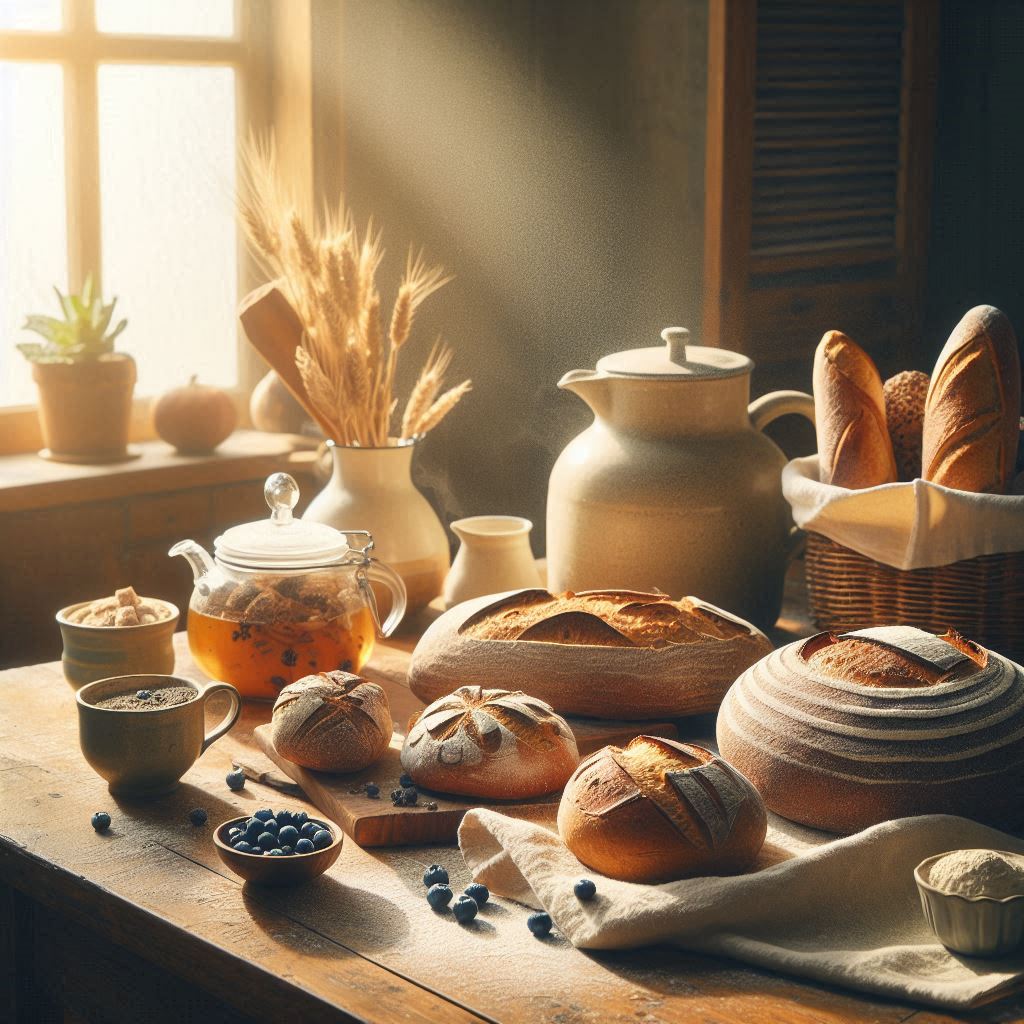
Sourdough discard is far more than just a byproduct of maintaining your starter—it’s a versatile ingredient that can elevate your cooking and baking in countless ways. By mastering the art of sourdough discard recipes, you not only reduce waste but also unlock a world of flavors and textures that can enhance both sweet and savory dishes.
Whether you’re making pancakes, crackers, banana bread, or exploring advanced techniques like flavor development through fermentation, there’s always something new to discover with sourdough discard. By experimenting with different recipes and ingredients, you’ll find that sourdough discard can be the secret ingredient that takes your culinary creations to the next level.
So, don’t let that sourdough discard go to waste! Embrace its potential, get creative in the kitchen, and enjoy the unique flavors that only sourdough discard recipes can provide. With the tips and insights shared in this guide, you’re well-equipped to make the most of every bit of your sourdough starter.

